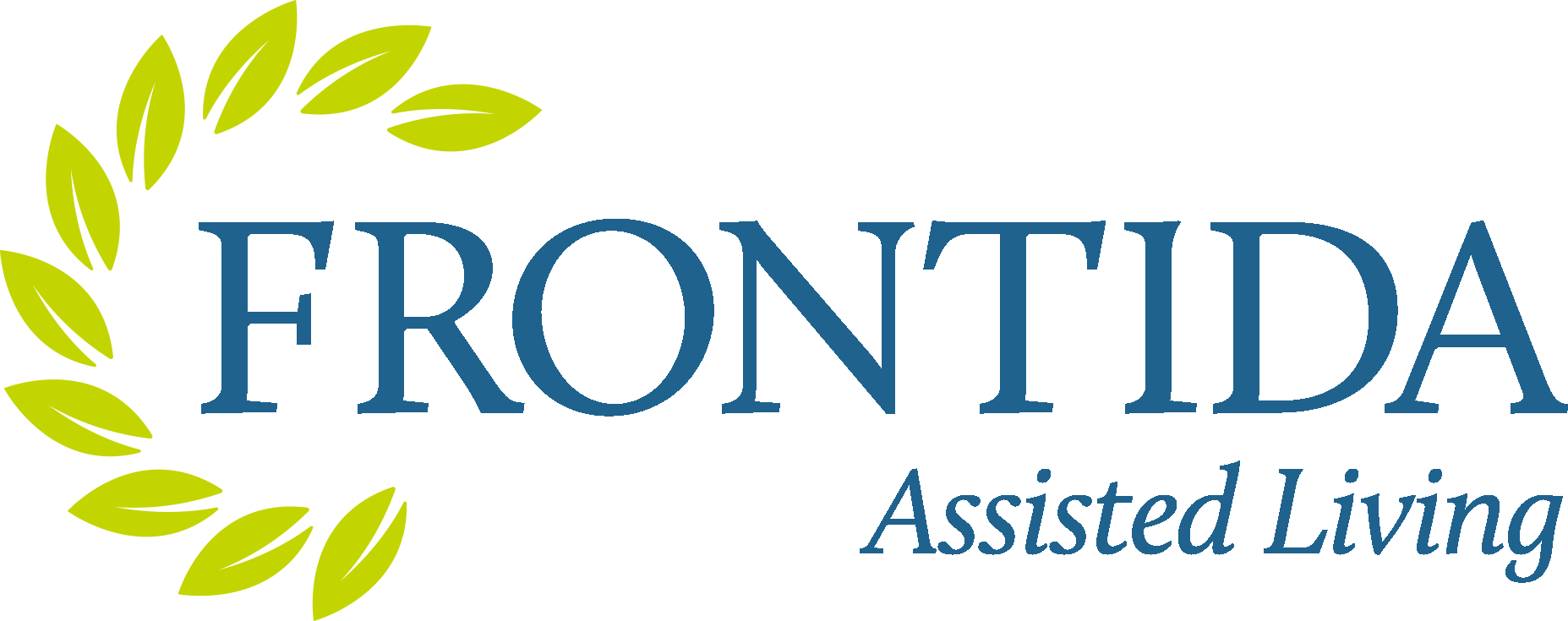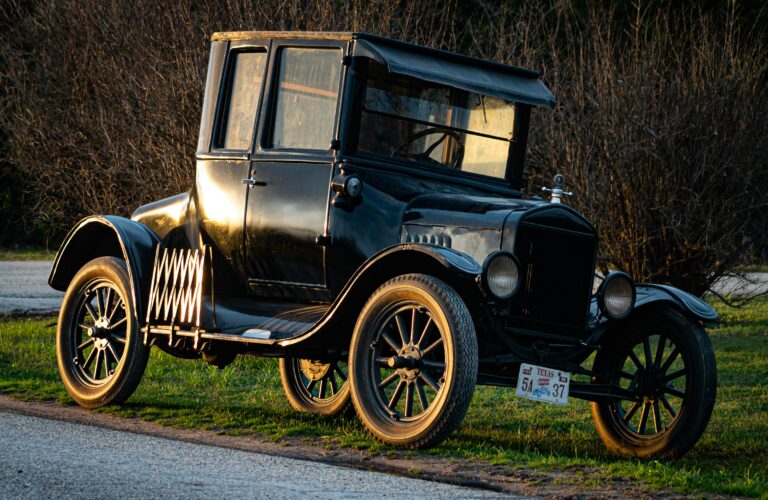If you’re like me, you spent six weeks months converting all the technology you picked up last Christmas. New phones, new computers, … (Yep, it was a year of everything breaking.)
And it got me to thinking, what technology would our grandparents (and great-grandparents) have been excited about getting when they were young? Or wished they’d get?
I made some calls and had delightful conversations hearing all about it. If you haven’t had that kind of chat with someone in assisted living, check out these 100 questions for Grandpa to get the discussion rolling.
Meanwhile, here are some fun facts I learned about the good ol’ days.
“As you are now, so once were we.” — James Joyce
Frontida Assisted Living Facilities, such as Adelaide Place in Fond du Lac, WI, provide you with posts like this one to help you live your best life.
Doing the Math—What Years Are We Talking About?
As time passes, events tend to get truncated. Case in point? The day my kids asked if I’d ever met Abraham Lincoln. Uh, nope.
So exactly what decades were today’s senior citizens growing up?
If Grandpa turned 70 in 2021, he was born in 1951.
Chances are, though, he wouldn’t remember much till he was five. Maybe even ten. And that would be 1961.
When he was really aware of life? Looking at adulthood? Dating? Careers? The cost of living? He was probably sixteen. 1967.
To save you from pulling out paper and pencil, here are some other 2021 ages?
- If he turned 80, he was born in 1941, ten in 1951, sixteen in 1957.
- 91? Born 1931, ten in 1941, sixteen in 1947.
- 100? Born 1921, ten in 1931, sixteen in 1937.
- 110? (According to the 2010 census, there were 330 of them in America. 2020 census results aren’t out yet.) If Gramps became a “supercentenarian” in 2021, he was born in 1911, ten in 1921, sixteen in 1927.
Now that we’ve located his timeline, let’s see what was all the rage in his early years.
Dating the Trends—When Were They Really a Household Name?
Depending on where your grandparents grew up or how much money they had, they may hoot at the idea that they did — or didn’t—have some of these things.
That’s okay.
Inventions are often designed decades before they make it into homes.
Perfect example, vacuum cleaners.
The first ones showed up in the mid-1800s, but they were clunky and inefficient. (Some blew dust instead of sucking it up.)
By the 1900s, you had inventors walking streets, displaying their small-car-sized versions of the contraption. Think Caractucus Potts from Chitty Chitty Bang Bang. (“Away with sweeping, and away with brushing, and away with dirty carpets.”)
The first practical home vacuum?
In 1908, James Spangler invented and sold it to William Hoover. But Hoover’s British factory didn’t start turning the machines out for sale until the 1930s. Even then, because of cost and the lack of electricity, most homes in the 1950s still cleaned their carpets with a brush and a dustpan.
On the other hand, maybe your grandparents were influencers, always on the cutting edge with the latest and greatest.
So take dates here loosely.
Just more fodder to open conversations with Grandpa and Grandma about what they had in their homes.
All the Bells and Whistles—Technology of the Time
When it comes to new technology, the best invention is the one that all others would henceforth be compared to.
Sliced Bread. (i.e. “Greatest thing since…”)
And in 1928, Otto Frederick Rohwedder’s automatic bread-slicing machine made it possible.
What next?
Toasters: in 1930, you could purchase a two-slice pop-up version — similar to the inexpensive ones you see on the shelves now — for $25. But that price tag was equivalent to about $400 today!
You guessed it. Few flocked to pick one up.
Of course, there were bread toasters before that, but you had to turn the slice yourself because it only toasted one side at a time.
Next came the automatic flipper — one side lay flat to cook, then auto-flipped to cook the second.
Finally, that exorbitant $25 (a.k.a $400) fully-automatic two-slice popped up.
Still, most homes couldn’t afford a toaster till the 1960s.
Air-Conditioners: Apparently ancient Romans attempted to cool their homes by running cold water through aqueducts in their walls.
No, don’t ask grandparents if they were alive then.
And don’t ask if they saw the first modern air conditioner placed in a printing plant in 1902. (That would make them 119 years old, and currently, the oldest person alive is 118.)
However, supercentenarians may remember the first theater that got artificially cooled in 1925.
And for their young whipper-snapper centenarian friends, Great Depression or not, their teenage 1930s summers were often packed with cool big-screen blockbusters—because air conditioning became standard operating procedure in all the rest of the movie theaters.
Homes, on the other hand? They were generally cooled naturally—with lots of windows and high ceilings to catch whatever breeze blew. And for hot evenings or hotter nights, porches lay big enough for an evening swing or even a good-night sleep under the stars.
It wasn’t till the 1950s that the one-room window air-conditioning unit became common, helped along by post-war prosperity.
And central air wouldn’t be discovered till the 1970s.
Central Heat: You guessed it. Like air conditioning, it took the 1950-baby-boomer years to make full-house heat a regular thing using gas, coal, and even electricity.
Before that, they first used steam and then, in the 1930s, hot water to warm individual rooms through radiators.
And, of course, there were fireplaces which were all about making heat. It wasn’t till the 40s (after the hot-water radiators became more popular) that anyone thought of building a fireplace for ambiance.
Fully Automatic Washers: Yes, another flourishing-1950s technology.
However, there were plenty of other home versions beforehand. They just required more work.
- There was the old metal washboard, an upgrade from the older wooden ones and popular with the American pioneers, but still in use in some homes up through the 1940s.
- Mechanical washers made the job slightly easier: pour water into a half-barrel, throw in clothes and soap, and turn a hand-operated agitator to get things sudsy. Then pull the clothes out, rinse by hand, wring by hand, and hang to dry. Nothin’ to it, right?
- Thank goodness for the invention of electricity which started to take over parts of the job: first the agitator in 1907, then an added wringer in 1911. They still had to take clothes out of the washbin and feed them into the wringer — watching to keep all thumbs, fingers, and hair intact, of course.
- By 1940, if a home was connected to electricity, it was 60% likely to have an electric washing machine. And most also had an electric wringer.
But then? WWII.
Companies quit making washing machines to support the war effort.
- Meaning the 1927 version that added the ability to spin, and the 1937 patent which could wash, rinse, and spin — all-in-one cycle — would have to wait.
- In the early 50s, with America back at peace, Grandma could finally use the new fully automatic washing machine — but probably only at the laundromat. Even with the booming economy, the latest and greatest washers were too expensive for most homes.
So when could she throw a load in at home and go do something else? Possibly in the 60s. Maybe not even till the 70s.
But the real question is, what did your grandparents do to wash their clothes before then. One private museum has 1,500 different types of washing machines…
…Including one that agitates by children on a seesaw!
Now, that’s combining work and play.
The Beautiful “When I Was a Kid…”
No doubt about it, technology changes every day. But don’t be too quick to jump to what’s ahead.
Each step tells a narrative… Impacts life…
And Grandma and Grandpa’s tales aren’t just yesterday’s news.
So turn off the new TV, put down the new computer, silence the new phone, and settle in for the best technology ever:
Storytime with the Grandparents.
Storytelling in Assisted Living
If Grandma is in assisted living, bringing up these topics can be a great way to help her pass the time. Even better, take her to a museum and let her give you a tour of all the old technology she used to use. This is one of the best activities for seniors, as it gets them out of the house or assisted living facility and moving while sharing a fascinating part of their past.
Want more great ideas to keep Grandparents mentally healthy?
Check out these other fun posts to learn more about your grandparents’ past.
A huge thank you to Andrew Lancaster on Unsplash for the featured image.
Elizabeth Daghfal is a writer, teacher, speaker, and community volunteer. When she isn't teaching or writing-- Who are we kidding? Her husband and five kids say she's ALWAYS teaching and writing. She has a passion to help people who are struggling and is happy to say her shoulders are drip-dry. Born and raised in the South, she now lives in Wisconsin and loves it--except for the fifteen months of winter. Read more about her at elizabethdaghfal.com.

